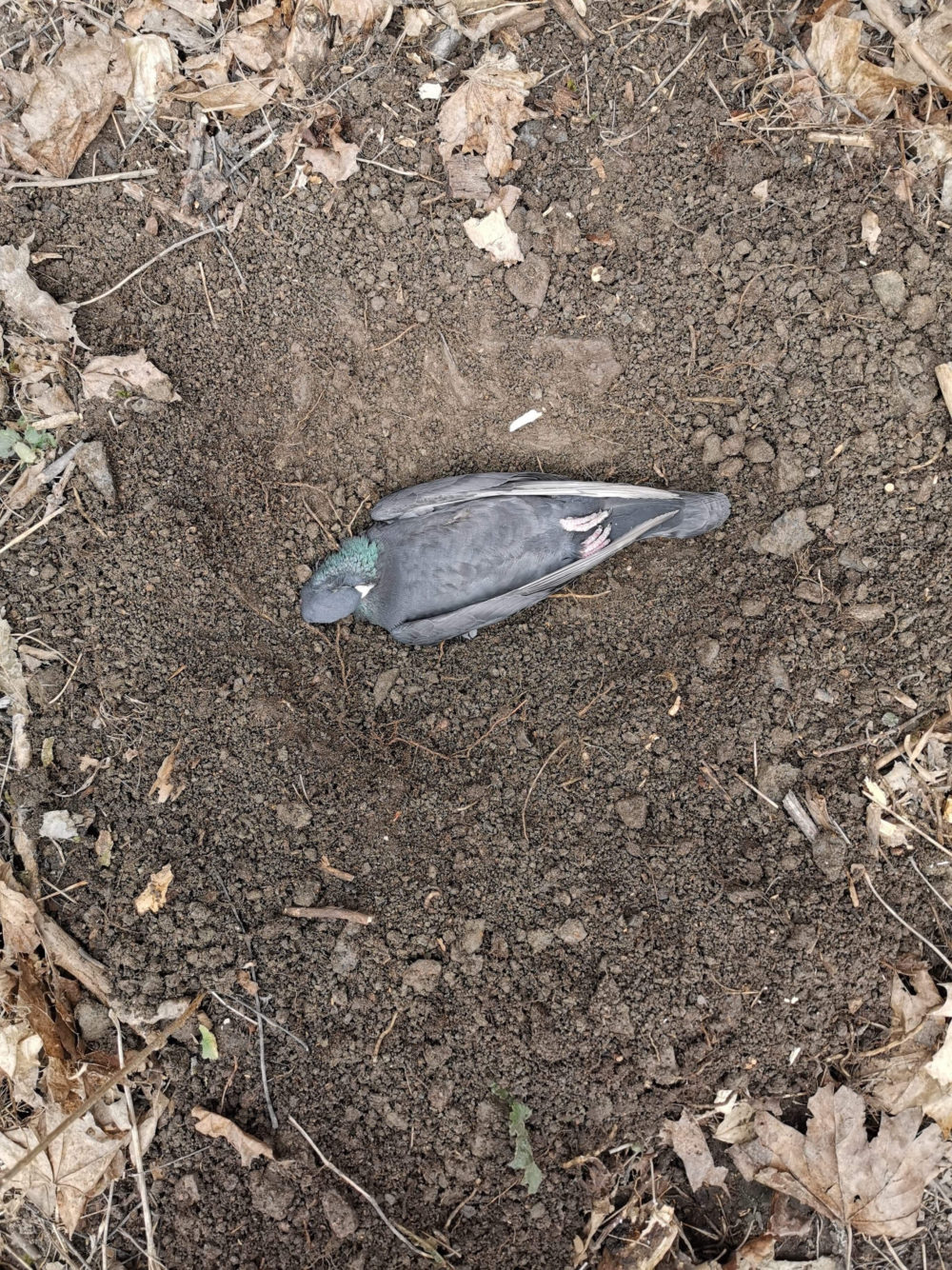PREMIERE: How to. A Score
by Mia Habib (NO)
“how to walk, how to touch, how to fall, how to rise, how to trust, how to hope, how to dream, how to fight, how to change”
Duration: 1 t 15 min
Rosendal Teater
Besøk oss
Rosendal Teater is placed in the eastern part of Trondheim, at the other side of the crossing near Lademoen Church. The closest bus stop is Rønningsbakken. Bicycle parking at our wall towards the gas station.
Sign up for our newsletter!
And get the latest news on our program, invitations and community offerings once a month.
Design og nettside av Skogen
